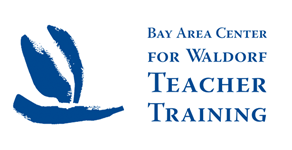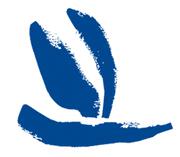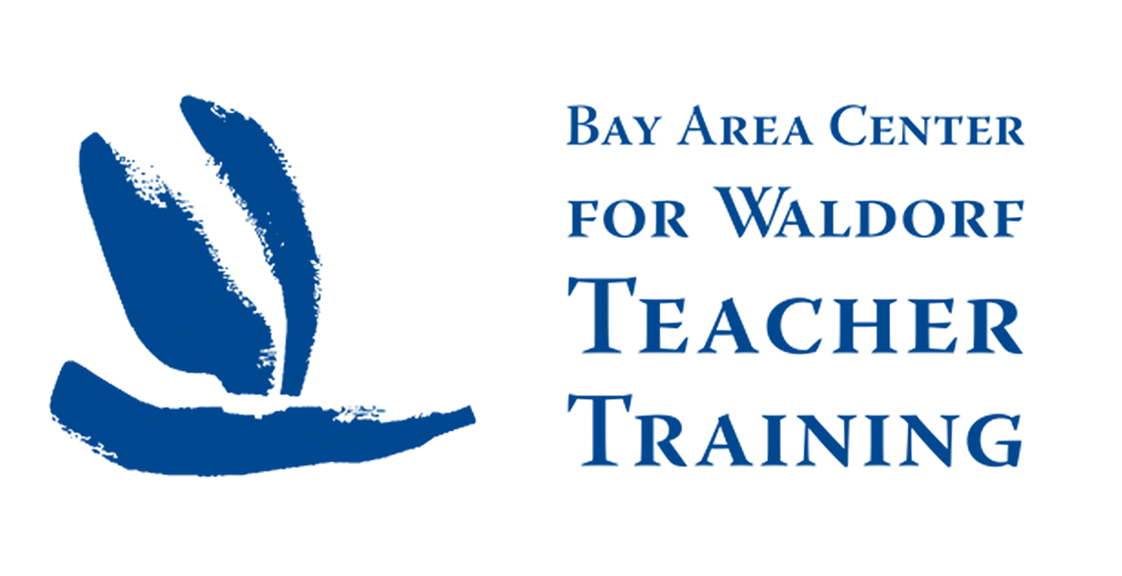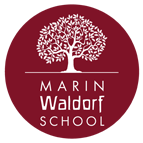Dear BACWTT Students, Alumni, Friends and Colleagues,
Here is the Calendar of the Soul, looking back over the past week:
Calendar of the Soul
Verse 26
English
Nature! Your soul of motherhood
I bear within the being of my will;
And this will’s fiery might
Steels my Spirit’s impulses,
That self-awareness they beget,
To bear my Self in me.
Mandarin
自然的母性能量
在我的愿中生长
这愿力助长我灵魂的自在
让我在觉知中脱胎换骨
Spanish
¡Naturaleza! Tu ser maternal,
lo llevo en mi ser volitivo,
y la fuerza ardiente de mi voluntad
templa los impulsos de mi espíritu,
para que den a luz al sentir de uno mismo,
de sostenerme yo en mi.
This week, the Calendar of the Soul expresses the quality of Michaelmas. It offers another perspective as the moment of the festival is placed within the continuum of the year—and so we can feel how it connects to weeks before and afterwards, and sense the festival moment as it arises and then dissipates.
The festival of Michaelmas is celebrated in many ways around the world. The Archangel Michael is recognized and valued as a guiding and particularly guarding spirit in Judaism and Islam, as well as in Christianity.
In Waldorf schools, the celebration of Michaelmas is very widespread and valued for two main reasons. One is rather obvious—that it has flowed into the school life through the European origins of Waldorf education and the associated Christian seasonal traditions (although it is probably not very well known that the festival of Michaelmas is not widely celebrated in mainstream culture and has had a kind of “revival” within the Waldorf school and Anthroposophical communities).
The other reason is less obvious. In his lectures and writings, Rudolf Steiner repeatedly emphasized the importance of the fact that the Archangel Michael has become the guiding spirit working for the wellbeing of humanity at this time. In esoteric traditions, the archangels take it in turn to watch over and guide human life on Earth, and Michael took up this task in the modern era.
The Archangel Michael transitioned into this role of guiding sprit around 1879 and will continue for 300 years to influence, guide and protect the evolving human being. So, because of the importance Rudolf Steiner placed on becoming aware of this and on trying to understand and connect with the positive forces at work in our times, the interest in Michael and the festival of Michaelmas has a special place in the life of a Waldorf school.
When we bring a festival like Michaelmas to young children, we create an opportunity to allow ancient and universal images to speak to them. Children are more open and more easily live into the language of images than adults. As adults, the images can appear outdated, relevant only to another place and earlier time, and can even seem inappropriate if we sense that they represent values and behaviors with which we no longer agree.
As the adults, teachers and parents have a duty to ensure that we are bringing things—even if they are intended for a child’s imaginary consciousness—that are appropriate. It is our duty to check, question and revise—but we need to be willing to do this in a way that does not only depends upon our modern, materialistic way of understanding, but also includes deeper, inner research.
What should the Michaelmas imagination look like to an adult in 2021?
As a person living in the very struggles of our time, does the image of the Archangel overcoming the dragon meet us in the way it should?
Where is our access point?
The Calendar of the Soul can be a guide in this—it leads to a contemplation of inner and outer world at this festival moment without depending on traditional images.
The first line of last week’s verse: “I to myself may now belong”
The last line of the verse this week: ”To bear my Self in me”
The middle lines of next weeks verse: “I may find myself, as gift of summer sun, a seed”
These expressions, stretching over three weeks, point to the experience of coming to one’s self. Amidst the pulsing, weaving, endlessly moving cycles of nature, these lines stand out as strong statements of the human experience of independence, self-knowledge and self-realization. They have in them a quality of centering, of stillness, of verticality. The last thought—of a seed—points to a gathering together, condensing into a small self-contained form that is both a harvest of the past and a preparation for a future. Out of these words and thoughts, we can work artistically to find our own image.
From another perspective, the Calendar of the Soul can help us through our weekly contemplations to become more aware of how our bodily constitution is changing throughout the course of the year. As we experience the change in temperature and the changes in the light, we can sense ourselves changing with the breathing of the Earth. I am differently in my body now than I was in the summer.
In The Four Seasons/Archangels, “Lecture I: The Michael Imagination,” we find this description:
“…If the Michael Festival is to be rightly understood—we must celebrate that which lives spiritually in the sulphurising and meteorising process in man, and should stand before human consciousness in its whole soul-spiritual significance especially at Michaelmas… not as an outward or conventional ceremony, but as a festival which renews the whole inner man.”
We can, and should be working in our time to repaint the ancient images. We should be trying to find our way into “modern” soul expressions. William Turner’s “fiery light” paintings can help us in imagining the uprising “sulphur” quality.
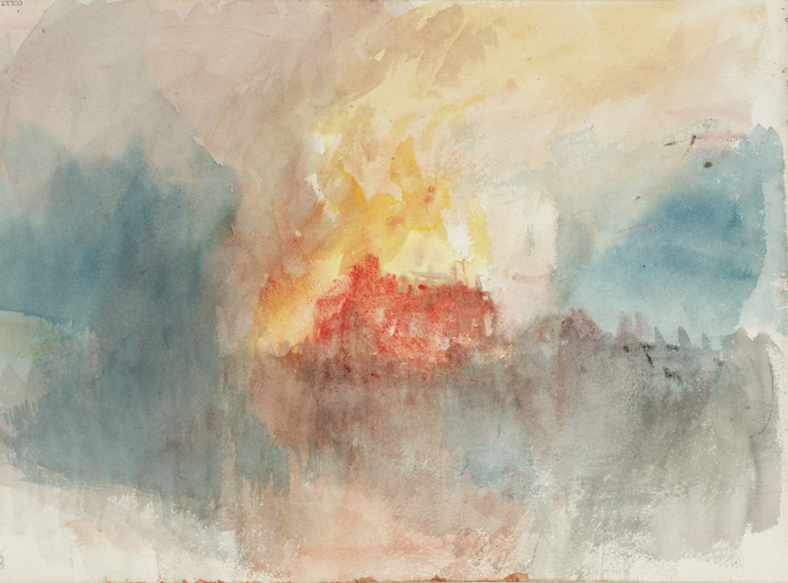
Likewise, Van Gogh’s paintings, which emphasize the raying down of the stars, can help us in visualizing the meteoric iron shooting down from the heavens, carrying light and renewing energy.
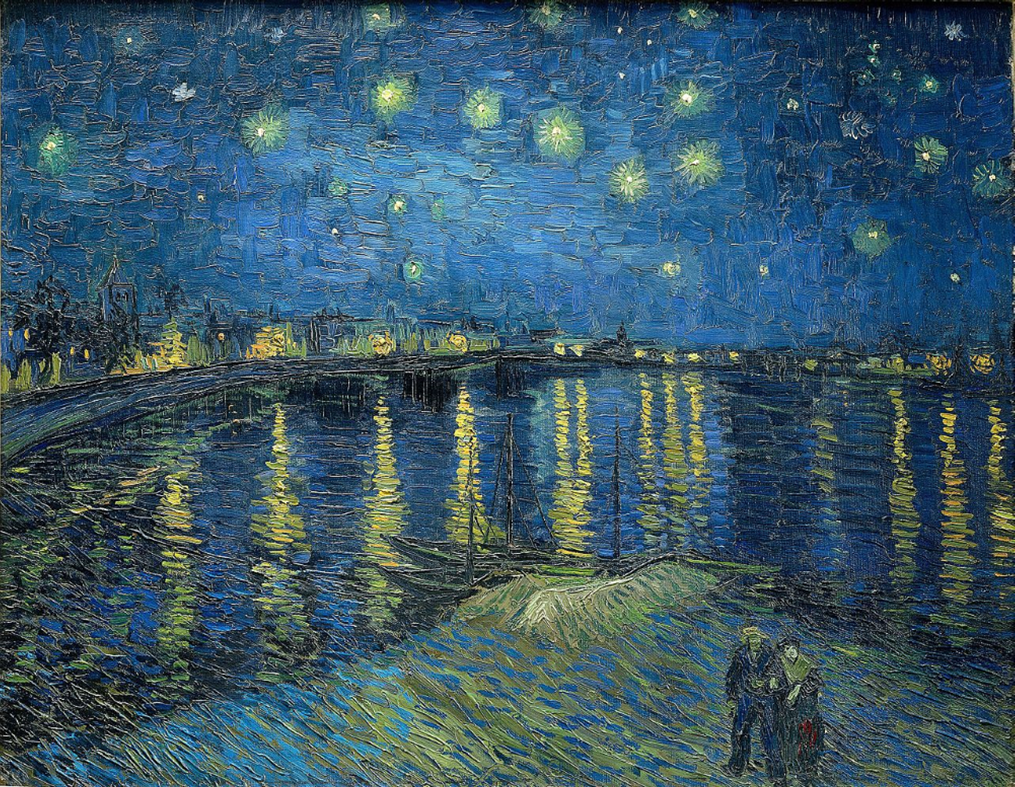
If we know something of the personalities of these two artists, then we might also recognize some-thing of the “sulphurizing” character in Turner and something of the “meteorising” character in Van Gogh, and we would need to do something ourselves to bring these two aspects together in one image. A few more thoughts from the same lecture:
“…at this autumn festival of Michael there should grow in you everything that goes against love of ease, against anxiety, and makes for the unfolding of inner initiative and free, strong, courageous will. The festival of strong will — that is how we should conceive of the Michael Festival. If that is done, if nature-knowledge is true, spiritual hu-man self-consciousness, then the Michael Festival will shine out in its true colors.”
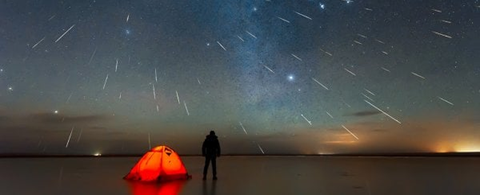
Here is another excerpt that I would like to share from The Mission of the Archangel Michael, “Signs of the Times: Michael’s Battle and its Reflection On Earth,” Lecture 2:
“Thus, since the end of the seventies, since 1879, we have two things: The rulership of the Time Spirit Michael enables us to acquire spiritualized concepts, a spiritualized intellectual life. We also have on earth the counter-striving spirits who deceive us into denying the spirituality of the present time. If we fight against the materialism of our time, we should be constantly aware of the fact that we must not fight against what is good in our age but against the lies of our age. For the spirits that have been pushed out of heaven down upon the earth are chiefly spirits of falsehood who, as spirits of hindrance, prevent us from looking for the spiritual in our grasp of natural existence.“
In this description by Rudolf Steiner, we encounter more of the “battle aspect” of the traditional picture of Michael fighting with the dragon. According to this passage, we are encouraged to recognize this battle taking place in the realm of thoughts and ideas, particularly ideas that are false in that they “prevent us from looking for the spiritual (which) is (with)in our grasp…”
This is an important “adult” aspect of the festival where we could be acknowledging and celebrating those people who are able to think outside of the box of materialism; whose ability to think clearly, strongly, modernly, but without denying the wonder, the beauty and the spirit of life. In this context, I want to share something from the talk that Megan Neale, School Director, gave on Back to School Night at Marin Waldorf School recently.
“In preparing for tonight, imagining having you (the parents) back on campus, I was reminded of the work of forest ecologist Suzanne Simard. Over the length of her career, she proved what aboriginal people have always known: Trees are interconnected and communicate with each other.
In her book, Finding the Mother Tree, Ms. Simard presents research showing that the oldest, most established trees in the forest, which she names the Mother Trees, actively send aid to those in distress, share nutrients and allocate resources to the younger growing trees. Her work calls into question our commonly accepted picture of a productive system. Systems based on competition, scarcity of resources and a more Darwinian approach of survival of the fittest are not actually productive or regenerative.
In contrast, what exists in these ancient, thriving forests is a highly evolved, complex social system based on cooperation, collaboration and reciprocity. These systems are relational and regenerative, and are built for healing and recovery. Over thousands of years, these ancient forests have worked together to allow the whole community to thrive and ultimately generate more than the sum of the parts. They are wired for wisdom and care. Ms. Simard pro-poses that an ‘incredible generosity exists in nature.’ One we humans would be wise to follow.
Over the last 18 months, we have experienced continuous and consistent uncertainty. We human beings are not built for constant change and unpredictability; our nervous systems are unable to regulate and recover. Without a regulated nervous system, we are restricted in our ability to respond in a complex way and can only act out of a stress response from our lower brain.
Dr. Bruce Perry, psychiatrist and neurologist, points to the ancient wisdom of the aboriginal people who have practiced the most effective healing techniques for people who have experienced trauma and sustained stress. Their practices prove that the most effective healing comes from connection to family, community and the natural world, rhythmic experiences through movement, song, and music and beliefs and values that bring meaning and purpose to challenges through stories. Dr. Perry has shown how these practices regulate the nervous system and heal us.
Studies show that our relational health, connection to community, culture and family is predictive of mental health more than our history of adversity. The power of positive relationships and connectedness and a feeling of belonging, can counterbalance the effects of trauma.
Our ability to respond to stress, to recover and build resiliency is a teachable skill. We develop resiliency and the capacity to recover through controllable, predictable, moderate challenges. In other words, a developmentally appropriate curriculum. When material is presented this way, it strengthens the core regulatory networks. A thoughtful, intentional approach to learning with a slow and complex arc over time creates adaptability, confidence and resilience.
Waldorf education is a highly evolved, complex, regenerative, healing educational system. Built on experience. Marin Waldorf School is coming to our 50 years anniversary and with that we are looking at ourselves, asking questions. It is a time for us to reflect, deepen our work and possibly course correct. Where do we need to send resources? How can we aid those who are in distress? What nutrients can we share? A Waldorf school community can be a place that offers health and well being for students, faculty and families. Ideally we can give aid to children, families and faculty struggling with the myriad of challenges facing society. The old mythos of scarcity, competition and discrimination threatens to deplete our social wellbeing. Our school communities can be places that thrive and give back allowing for reciprocity and deep relational connection. What will it take to create school communities that imitate the ancient forests wired for wisdom and care for all? Let us imagine our school as a Mother Tree, a sensing being, continually assessing and sensing where resources are needed to ensure the health of the whole.”
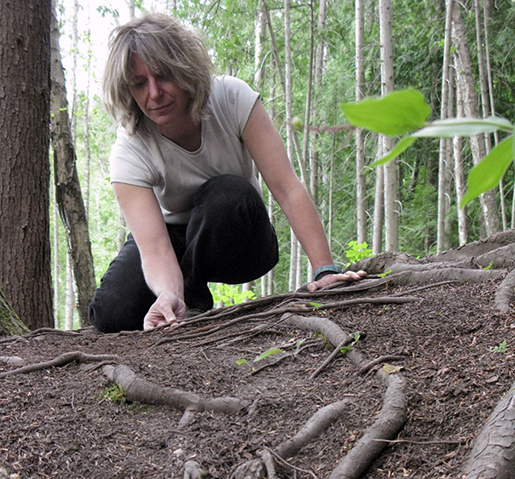
We can be looking for this type of Michaelmas example to share in our schools and communities that celebrate the struggle with the dogmatism of materialism. Here is a good article to understand Suzanne Simard’s “Michaelic battle”.
In our program, we are involved deeply with the work of preparing adults to be able to stand in front of the young. To work on transforming the hardening effects that the world has had on us so that we can become inwardly young, mobile in our thinking, flexible in our feeling life and act out of a belief in the good. There is a lot of inner work to be done as adults so that when we celebrate an ancient festival in a way that is pageant-like, we understand that there is real value in providing a setting for a young child to be a “participant” in something beautiful, artistic, magical and meaningful. As the adults, we know that it is more than just a fanciful reenactment—that this experience will grow and translate into real work in the world when they in turn are the adults.
Ken
Kenneth Smith
Director, BACWTT
